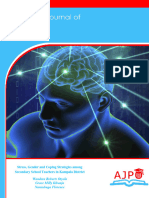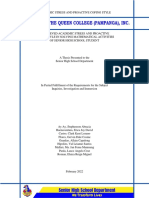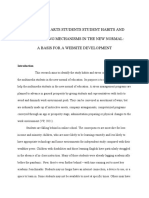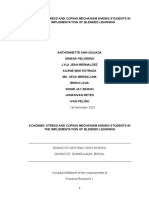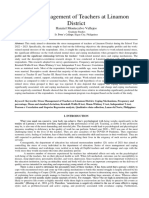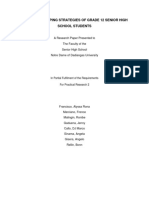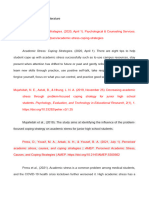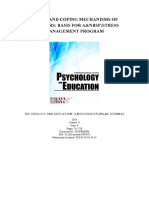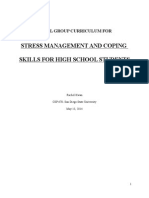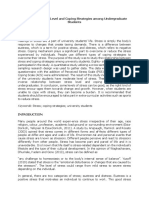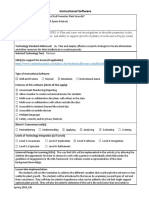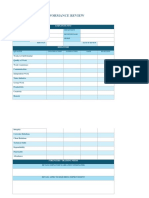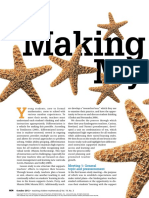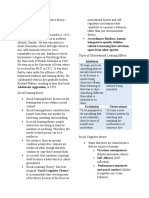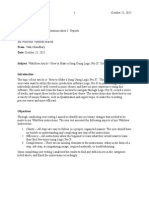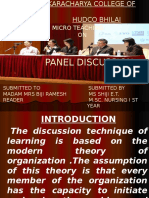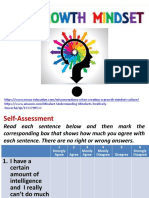0% found this document useful (0 votes)
43 views9 pages07 Chapter 2
The document reviews past literature on stress and coping strategies among school teachers. It examines two broad categories: literature from abroad and literature from India. Several key studies are summarized that looked at sources of stress for teachers, coping strategies used, and the relationship between demographic factors, stress levels, and coping behaviors. Many found that difficulties with students, workload, and lack of administrative support were common stressors, while problem-focused coping strategies tended to be most effective for managing stress.
Uploaded by
Deleena SijuCopyright
© © All Rights Reserved
We take content rights seriously. If you suspect this is your content, claim it here.
Available Formats
Download as PDF, TXT or read online on Scribd
0% found this document useful (0 votes)
43 views9 pages07 Chapter 2
The document reviews past literature on stress and coping strategies among school teachers. It examines two broad categories: literature from abroad and literature from India. Several key studies are summarized that looked at sources of stress for teachers, coping strategies used, and the relationship between demographic factors, stress levels, and coping behaviors. Many found that difficulties with students, workload, and lack of administrative support were common stressors, while problem-focused coping strategies tended to be most effective for managing stress.
Uploaded by
Deleena SijuCopyright
© © All Rights Reserved
We take content rights seriously. If you suspect this is your content, claim it here.
Available Formats
Download as PDF, TXT or read online on Scribd
/ 9








